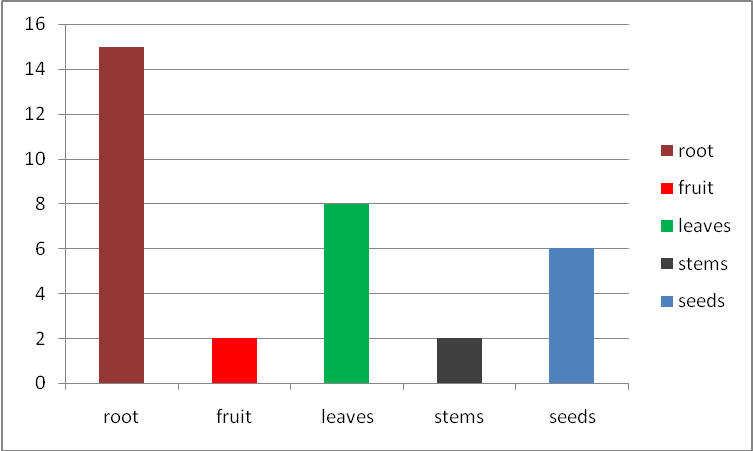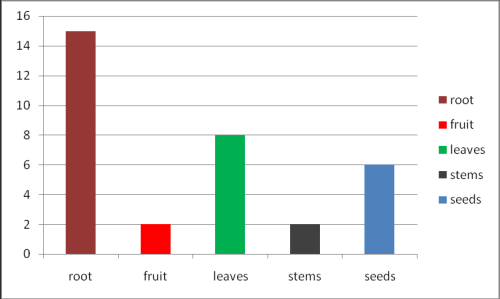Nehru Place, Delhi
- GST NO. : 09AAICT5280G1Z1
Materials and Methods
Study Area
Himachal Pradesh is a hilly state in the lap of Himalaya and called the Dev Bhoomi and believed to be a place of Gods and Goddesses by its inhabitants. With the geographical area of 21425 sq meters and GPS coordinates of 32° 5' 3.1416'' N and 77° 34' 16.2012'' E. The state of Himachal Pradesh shares its borders with Jammu and Kashmir on the north, Punjab on the west, Uttarakhand on south and Tibet on its east.
Himachal Pradesh is a hilly state in the lap of Himalaya and called the Dev Bhoomi and believed to be a place of Gods and Goddesses by its inhabitants. With the geographical area of 21425 sq meters and GPS coordinates of 32° 5′ 3.1416” N and 77° 34′ 16.2012” E. The state of Himachal Pradesh shares its borders with Jammu and Kashmir on the north, Punjab on the west, Utrakhand on south and Tibet on its east.
Lahaul is a district in Himachal Pradesh which is bounded by high snow-covered mountains, has a very difficult terrain with ice fields, and with the most inhospitable climate. The district lies in 32.6192° N, latitude, and between 77.3784° E longitude. According to census 2011 district has an area of 13841 sq. km and has a population of 31564 and a population density of 2 per sq. km. Looking at its geographical area it is the largest district in Himachal Pradesh. Lahaul and Spiti are two distinct geographical units both of which are beyond Rohtang Pass(3978m) and Kunzum Pass(4590m) respectively. Spiti is in more high elevation as compared to Lahaul. Spiti shares its border with Tibet and known for its cold desert environment and also called little Tibet by many visitors. In winter both regions remain cut off for almost six months from the rest of the world due to heavy snowfall in the area. Lahaul -Spiti is mostly inhabited with the tribal population. the major tribes of this area are Bodh, Swangla, Bhot, and Lahulas. Chamba which is another district in Himachal Pradesh shares border with District Lahaul-Spiti is at the GPS coordinates of 32.5534° N, 76.1258° E. According to census 2011 it has the population of 519080 and has the area of 6528 sq.km with a population density of 80 per sq km. The territory is completely mountainous with the lofty hills range with an average elevation of 4500 m. Gaddis, Gujjar, and Pangwala are some of the major tribes of district Chamba.

Study Design
The following study was a cross-sectional study which was mainly focused on the practice of traditional medicine by the local healers and their mode and method of treatment of different diseases. The information was collected using the Snow Ball Sampling Technique as there was no list of healers present in the study area , the approach of participatory observation, and rural appraisal. Semi-structured interviews were conducted with eight traditional healers. The data was collected from local traditional healers; vaid and amchi’s (larje). Information regarding the demographic background of respondents like age, education, ethnicity, employment status was collected. Information about the herbs/plants used for medicinal purposes, their local name, part of the plant used, and treatment procedure were recorded. The collection and identification of plants were done with the help of trained Ayurvedic Scholar. A total of eight Traditional healers were interviewed in which four were from district Chamba and four were from Lahaul-Spiti. All the health practitioners were males.
Results

The study focuses on the Traditional application of herbal medicines and folk illness. It is found that most of the people who lack basic health care facilities in their area and especially the old natives were dependent of traditional and herbal medicines. During the winters, due to heavy snow fall when the most of the area gets cut off from outer connectivity, the most of villagers were left out with none other option for seeking health treatment from these vaids, amchis or other traditional healers. In many cases the faith healing has an important role in the societies as of believe that many diseases are linked to supernatural phenomenon’s and cannot be cured with the help of modern medicine. Some of the respondents(TH) were reluctant to share information regarding their healing system or treatment as they make out that the information they were sharing with us will be misused and some even told that they only teach the art of medicine making to descendents of their own family.
About 27 different species of herbal plants have been listed in the paper which was collected from the study area. The plants which were required for the medicine preparation were collected from different locations i.e. either from forests , some plants were present only above the ht. of 3000 meters above sea level, some were bought from the local market. Many traditional healers were also seen buying these herbs from the shepherds when they came back from high mountains after a full-length season of grazing.
The process of medicine making was made in two forms i.e. (1) Single Form (2) Compound form. The single form of medicine required the ingredients of only one type of herbs or plant, while the combined form was made mixing more than one plant material in different ratios. The most used plant materials were leaves, stem, flower seeds, and roots of the plant. The kinds of medicine given to patients were in the form of (a)Decoction (b) Powder (c) Pills (d) Linctuses/Thick liquid material (e)Paste (f) External therapies (g)Healing Rituals mantras.
Contact Us
Techno Agroherbal Pvt Ltd
., Nehru Place, Delhi, India
Mobile : +91-8882435114
Call Us : 08069247356 Ext : 429
E-mail : technoagroherbal@gmail.com

